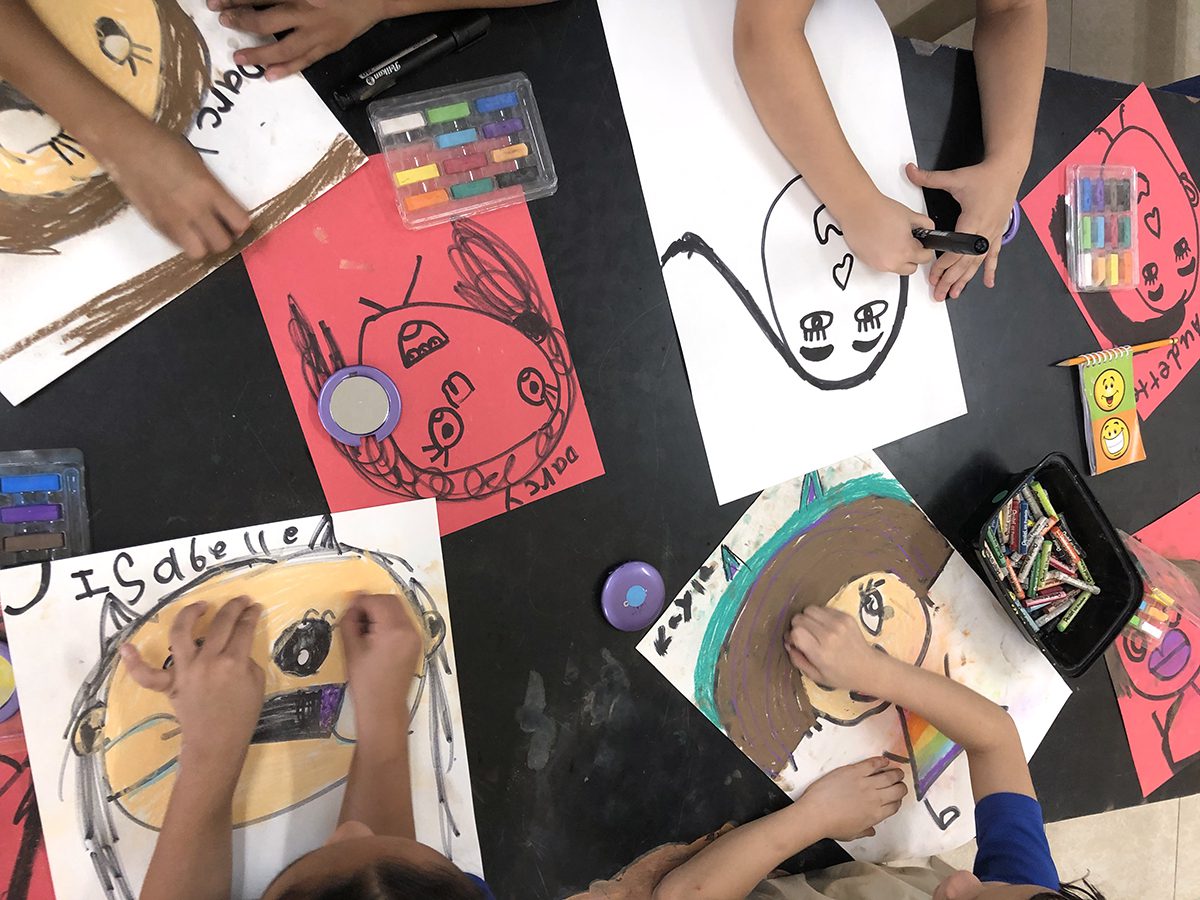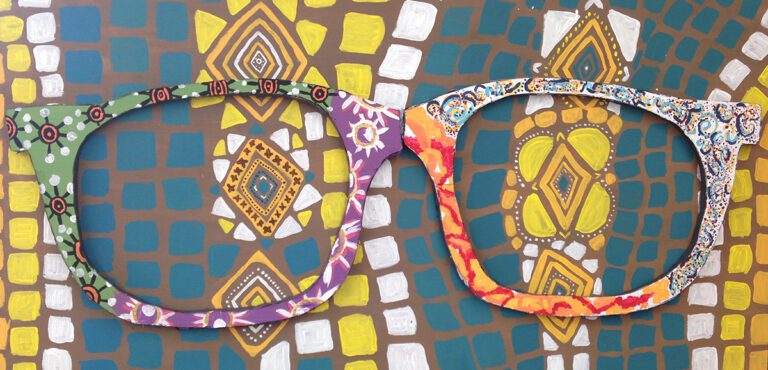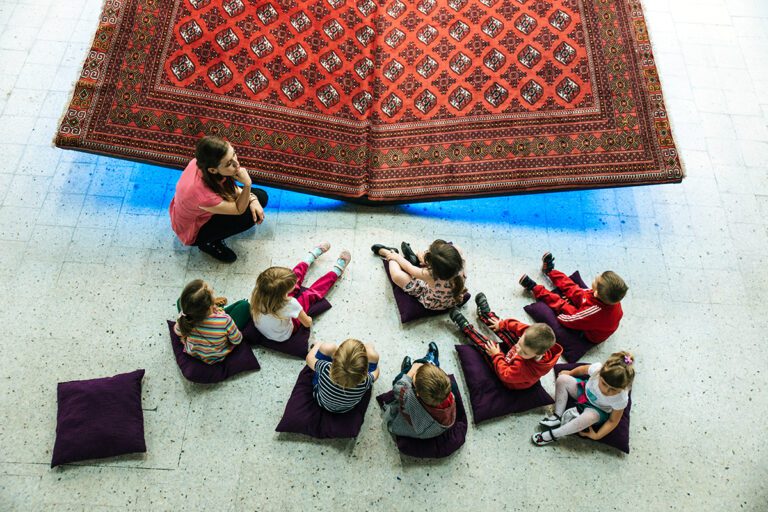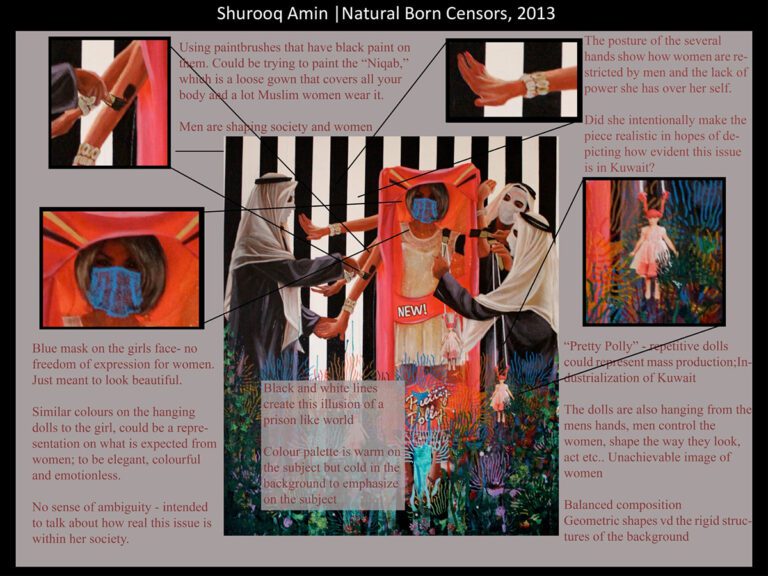Oh me, oh my, how your little artists have grown! They have taken on challenges, tried new approaches, and generated a million ideas. The vigorous young minds creating with you today are not the same as the ones that walked in your door eight months ago. You can see it plain as day, but can they?
Processing your students’ artistic growth with them is essential in building up their growth mindset. Students need to see that their brains can learn from failure and change accordingly. The belief in failure as a necessary component for learning is foundational to a growth mindset, and art class is the perfect place to cement this. You can instill a growth mindset in your students and make their learning evident by reviewing their artistic journeys from the beginning of the year until now.
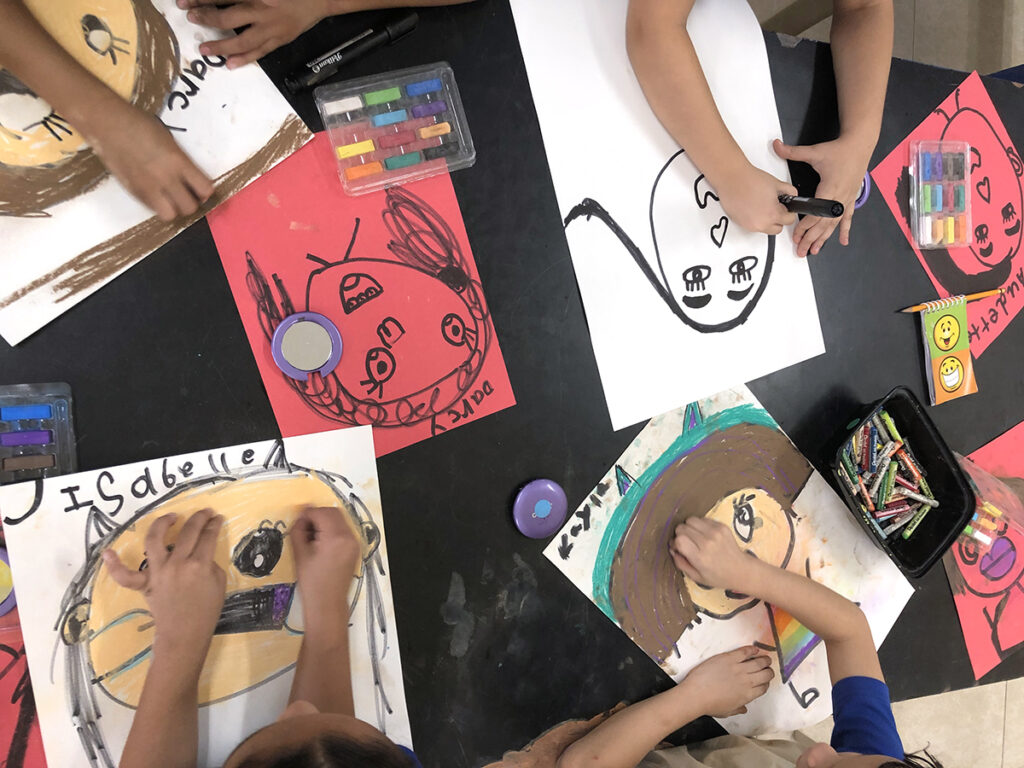
Art is particularly helpful in developing a growth mindset because failure riddles the artistic process. Your students have been building their growth mindset without even knowing it! Elementary students need a little extra help to see it, though. Incorporating visual and discussion-based strategies with written activities helps your artists, from shortest to tallest, see where they started and how it’s going now.
If you are struggling to connect artmaking and a growth mindset for your students, here are some resources:
- Growth Mindset in the Art Room Pack from PRO Learning
- How a Growth Mindset Can Affect Your Teaching Career
- The Enormous Effect Language Has on Growth Mindset
Engage in these seven activities to help your elementary students recognize how much they have grown as artists and humans this year!
1. Repeat a project from the beginning of the year.
Repeating a project is a great way to visualize growth without relying on language. Choose a project you can effortlessly build into your curriculum. Self-portraits make great comparisons and offer the chance to incorporate various skills. Simply have your students create a portrait at the beginning of the year and recreate it at the end. Display the two side by side to show how much growth has occurred!
2. Assemble a growth portfolio of student work.
A growth portfolio highlights the artistic process over the product. This portfolio differs from a traditional one in that it consists of more than just the finished artwork. Include sketches, peer critiques, midpoint reviews, and other foundational documentation that brought about the finished product. Give a complete picture of how much work went into the art!
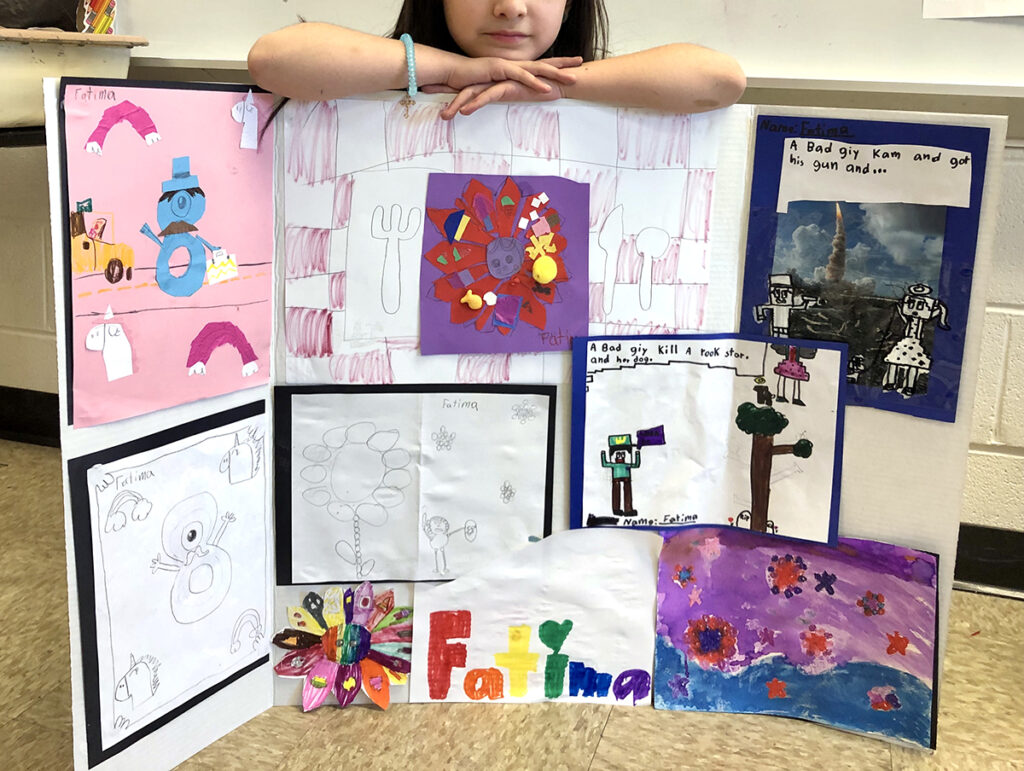
Start assembling digital growth portfolios today with these resources:
- “Utilizing Digital Portfolios (Ep. 325)”
- How to Use End-of-Semester Online Portfolios to Measure Growth
- “Digital Portfolios and So Much More… (Ep. 112)”
3. Collect formative assessments into an illustrated work log.
Consider interspersing written formative assessments with live and in-the-moment learning checks so that students can track with you. For example, assign exit tickets, sticky note reflections, or peer critiques, and have your students save these until the end of the year. Then, students create an illustration to accompany each one. For example, their drawings can show them learning the lesson, demonstrate their learned technique, or symbolize their learning.
4. Select a “Show and Tell” piece as the subject for reflection.
Encourage students to consider a piece of art they are proud of. Ask students to think about the process of making the work, the challenges they faced along the way, and why the artwork is successful in their eyes. Adjust the reflection format for the grade level. Try a Think-Pair-Share for younger students and a written reflection for older students. Then, have each student show their artwork and share insight from their reflection.
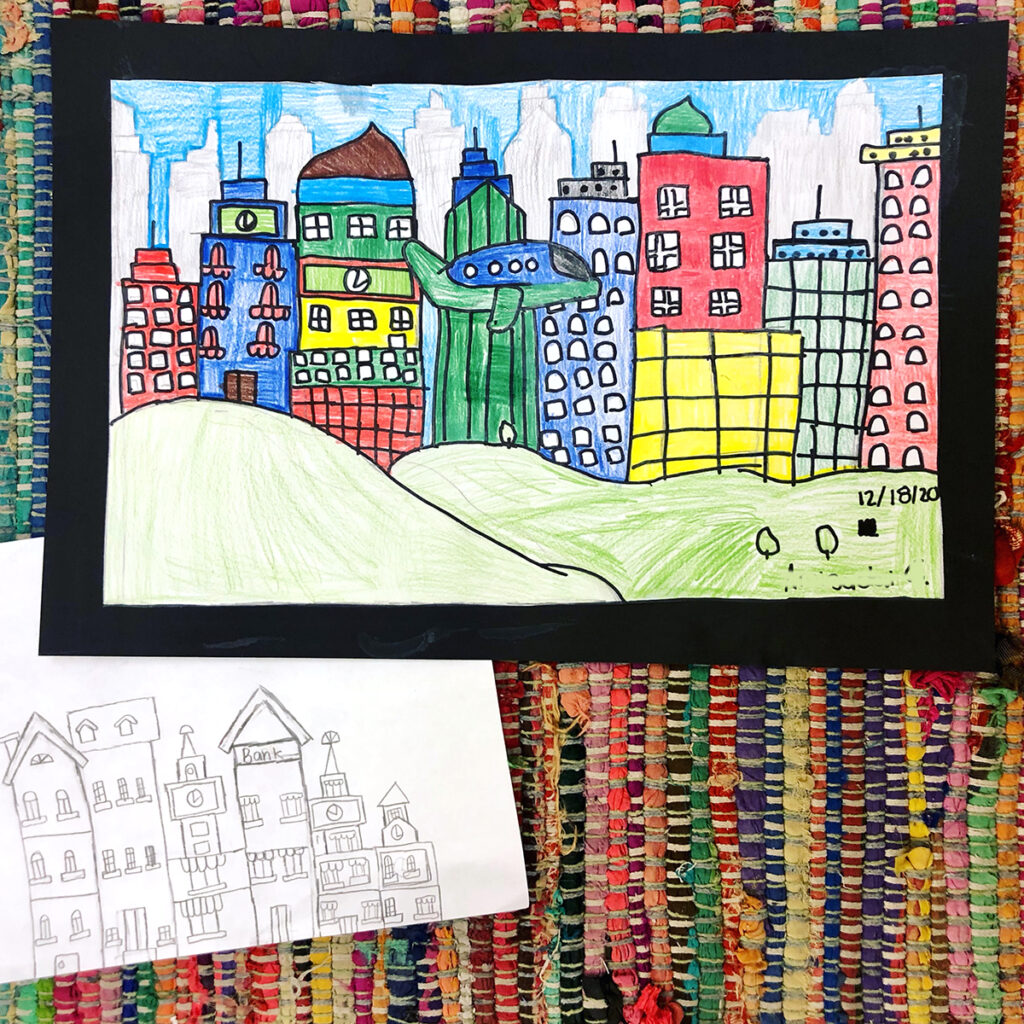
Help your students think about their art with these reflective strategies:
- “Encouraging Risk-Taking and Reflection (Ep. 094)”
- How to Reveal the Creative Process Through Reflection
- Use the Studio Habits as a Guide for Reflective Self-Assessment
5. Host a “Biggest Failure” award ceremony with prizes.
Time to celebrate those mistakes! Instead of choosing their most successful artwork, have your students determine one that was an epic failure. Ask your students to write about or discuss what they were trying to accomplish, where they went wrong, and what they will do differently next time. Each student then presents the artwork and failure takeaways. Vote as a community on the “Biggest Failure” and award simple prizes for first, second, and third place.
6. Curate a sketchbook gallery walk with your class.
What better way for students to see how they navigated their artistic journey than a look in their sketchbooks? Prepare for the gallery walk by having students tag three to five pages representing essential learning from the year or showing incremental skills growth. Then, set out the tagged sketchbooks and tour them as a class. Ask students to leave encouraging notes, observations, or comments as they go.
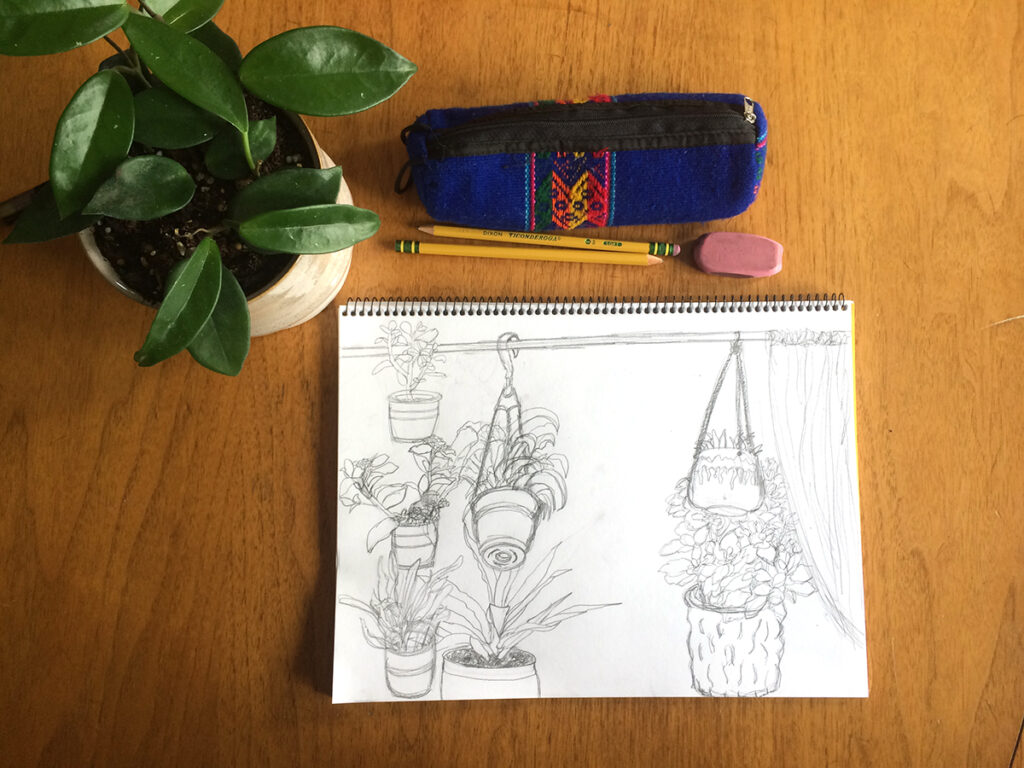
Make sketchbooks foundational in your art room with these resources:
- Making Elementary Sketchbooks Meaningful Pack from PRO Learning
- 5 Simple Ways to Use Sketchbooks in the Elementary Art Room
- How to Make Sketchbooks a Vital Part of Your Classroom
7. Connect growth beyond the walls of the art room.
You are not the only one seeing your students’ minds evolve and change. Your students have picked up new skills in all of their classes. Their character has also developed along the way. Collaborate with other teachers to celebrate all of the transformations you’ve seen. Incorporate work from other classes into these activities to provide a more holistic picture of your students’ growth!
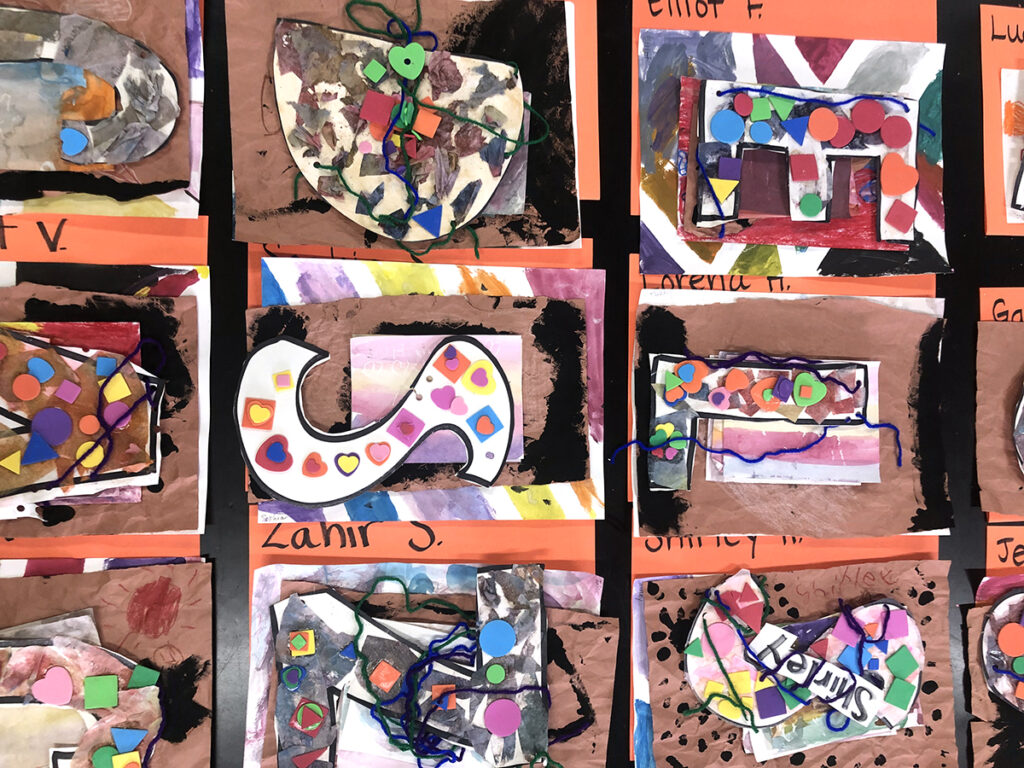
You put in the hard work all year to provide your students with opportunities to fail and learn from their “mistakes” safely. In turn, they have taken what you have given them and run with it, developing their artistic skills and growth mindsets. The final step is to show your elementary students how much they have grown. Taking the time to process growth cements knowledge and learning in your students’ developing brains.
There are many creative ways to tailor growth processing to your students’ grade level. Try a visual method with your younger students, like comparing artworks from the beginning and end of the year. Integrate more written components, like sketchbook gallery walk feedback, as your students get older. Expand your reflection beyond the walls of your art class for a more holistic look. Whatever the activity, make it fun and really celebrate how far you’ve come together!
For even more ways to celebrate artistic growth with your students, try one of these additional strategies:
- 10 Trusted Rules to Promote Artistic Growth in Your Classroom
- 3 Practical Ways to Assess Student Growth
- An Authentic Way to Show Student Growth in the Art Room
How do you process student growth with your elementary students?
Which activity are you excited to try in your elementary art room?
Magazine articles and podcasts are opinions of professional education contributors and do not necessarily represent the position of the Art of Education University (AOEU) or its academic offerings. Contributors use terms in the way they are most often talked about in the scope of their educational experiences.
